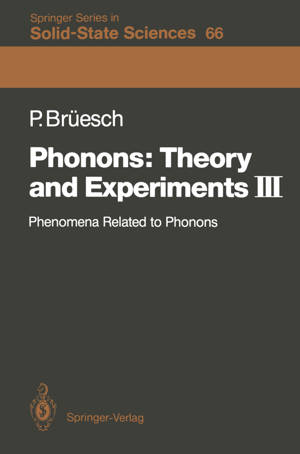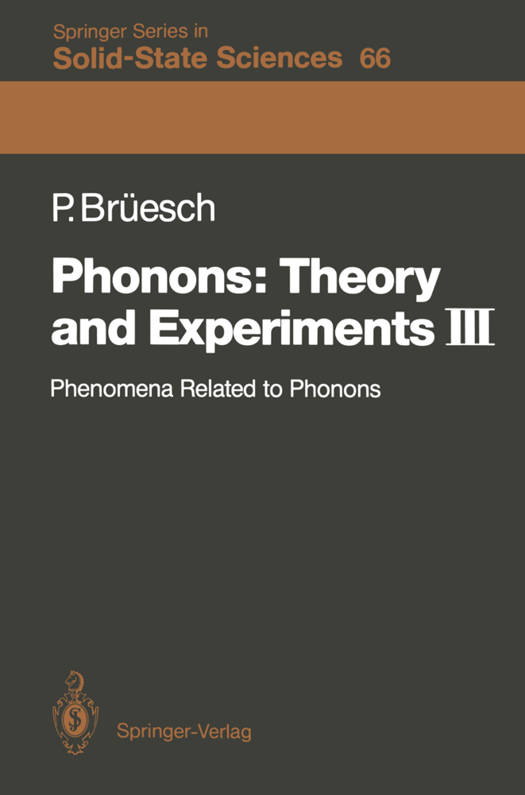
- Afhalen na 1 uur in een winkel met voorraad
- Gratis thuislevering in België vanaf € 30
- Ruim aanbod met 7 miljoen producten
- Afhalen na 1 uur in een winkel met voorraad
- Gratis thuislevering in België vanaf € 30
- Ruim aanbod met 7 miljoen producten
Zoeken
Omschrijving
The first volume of this treatment, Phonons: Theory and Experiments I, was devoted to the basic concepts of the physics of phonons and to a study of models for interatomic forces. The second volume, Phonons: Theory and Experiments II, contains a study of experimental techniques and the inter- pretation of experimental results. In the present third volume we treat a number of phenomena which are directly related to phonons. The aim of this book is to bridge the gap between theory and experi- ment. An attempt has been made to present the descriptive as well as the analytical aspects of the topics. Although emphasis is placed on the role of phonons in the different topics, most chapters also contain a general intro- duction into the specific subject. The book is addressed to experimentalists and to theoreticians working in the vast field of dynamical properties of solids. It will also prove useful to graduate students starting research in this or related fields. The choice of the topics treated was partly determined by the author's own activity in these areas. This is particularly the case for the chapters dealing with phonons in one-dimensional metals, disordered systems, super- ionic conductors and certain newer aspects of ferroelectricity and melting. I am very grateful to my colleagues J. Bernasconi, V.T. Hochli and 1.
Specificaties
Betrokkenen
- Auteur(s):
- Uitgeverij:
Inhoud
- Aantal bladzijden:
- 249
- Taal:
- Engels
- Reeks:
- Reeksnummer:
- nr. 66
Eigenschappen
- Productcode (EAN):
- 9783642522734
- Verschijningsdatum:
- 6/07/2012
- Uitvoering:
- Paperback
- Formaat:
- Trade paperback (VS)
- Afmetingen:
- 156 mm x 234 mm
- Gewicht:
- 371 g

Alleen bij Standaard Boekhandel
+ 177 punten op je klantenkaart van Standaard Boekhandel
Beoordelingen
We publiceren alleen reviews die voldoen aan de voorwaarden voor reviews. Bekijk onze voorwaarden voor reviews.











